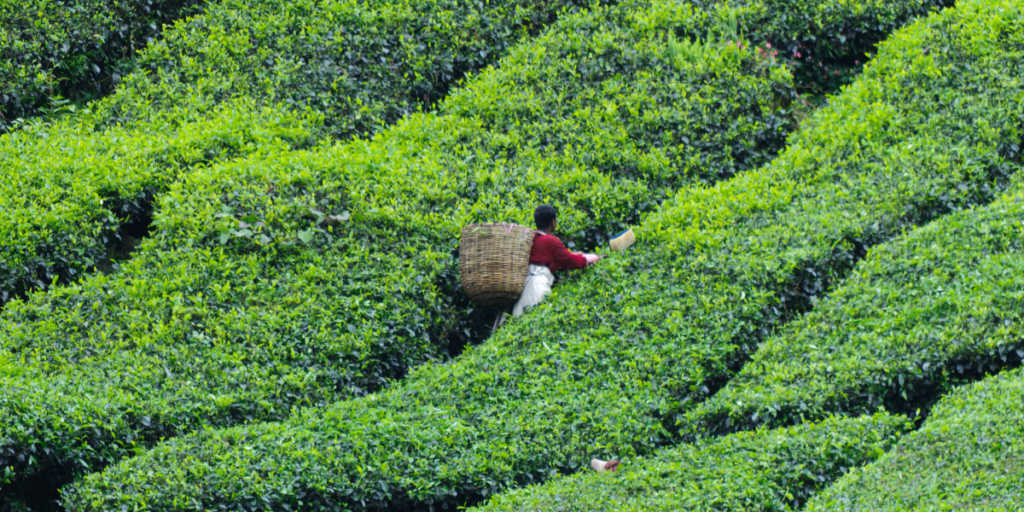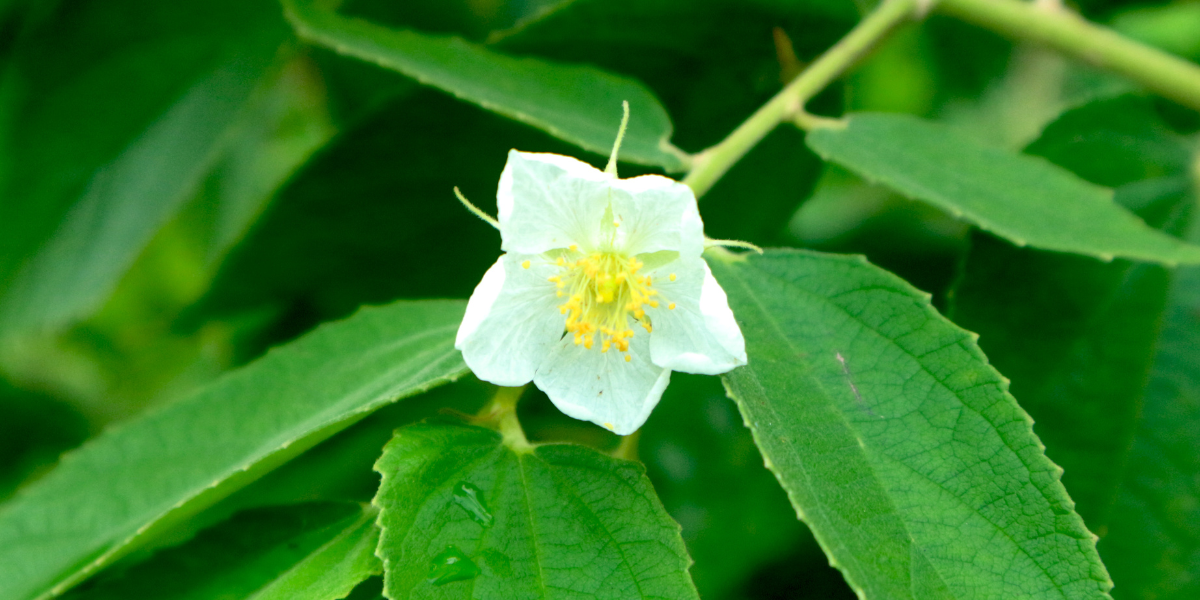Tea is one of the most popular beverages in the world, consumed by millions of people every day. The plant that produces tea, Camellia Sinensis, is a member of the Camellia family and is grown in many parts of the world. In this article, we will explore everything you need to know about Camellia Sinensis leaves, including their history, varieties, cultivation, harvesting, processing, and health benefits.
Table of Contents
History of Camellia Sinensis Leaves
Camellia Sinensis leaves have been used for thousands of years in traditional Chinese medicine for their various health benefits. The first recorded use of tea as a beverage dates back to the Han Dynasty in China around 200 BC. It is believed that tea was initially used as a medicinal drink before becoming a popular beverage.
Varieties of Camellia Sinensis Leaves
There are two main varieties of Camellia Sinensis leaves: Camellia Sinensis Sinensis and Camellia Sinensis Assamica. Camellia Sinensis Sinensis is native to China and is typically used to produce green, white, and oolong teas. Camellia Sinensis Assamica is native to India and is typically used to produce black teas.
Cultivation of Camellia Sinensis Leaves
Camellia Sinensis leaves are typically grown in regions with warm temperatures, high humidity, and abundant rainfall. The plant prefers well-drained, acidic soils and requires a minimum of four hours of sunlight per day. Camellia Sinensis leaves are typically propagated through cuttings, and it takes about three to four years for a plant to reach maturity.
Harvesting of Camellia Sinensis Leaves

The timing of the harvest of Camellia Sinensis leaves is critical to the quality of the tea produced. The best quality tea is typically made from the youngest leaves and buds of the plant, which are picked by hand. The timing of the harvest varies depending on the region and the type of tea being produced.
Processing of Camellia Sinensis Leaves
The processing of Camellia Sinensis leaves varies depending on the type of tea being produced. Green tea is typically not oxidized and is steamed or pan-fried to stop the oxidation process. White tea is made from young leaves and buds that are withered and dried in the sun. Black tea is fully oxidized, which gives it its characteristic dark color and robust flavor.
Health Benefits of Camellia Sinensis Leaves
Camellia Sinensis leaves are known for their various health benefits, which are attributed to their high antioxidant content. Antioxidants help to protect the body from damage caused by free radicals, which are molecules that can cause cellular damage and contribute to chronic diseases such as cancer and heart disease. Some of the other health benefits of Camellia Sinensis leaves include:
- Improving brain function and reducing the risk of neurodegenerative diseases
- Boosting the immune system and reducing the risk of infection
- Lowering the risk of heart disease and stroke
- Promoting healthy digestion and reducing the risk of gastrointestinal disorders
- Supporting weight loss and reducing the risk of obesity
Conclusion
Camellia Sinensis leaves have a rich history and are an integral part of many cultures around the world. Whether you prefer green, black, or white tea, there is no denying the health benefits of this amazing plant. By understanding the cultivation, harvesting, and processing of Camellia Sinensis leaves, you can appreciate the complexity and beauty of this beloved beverage.



